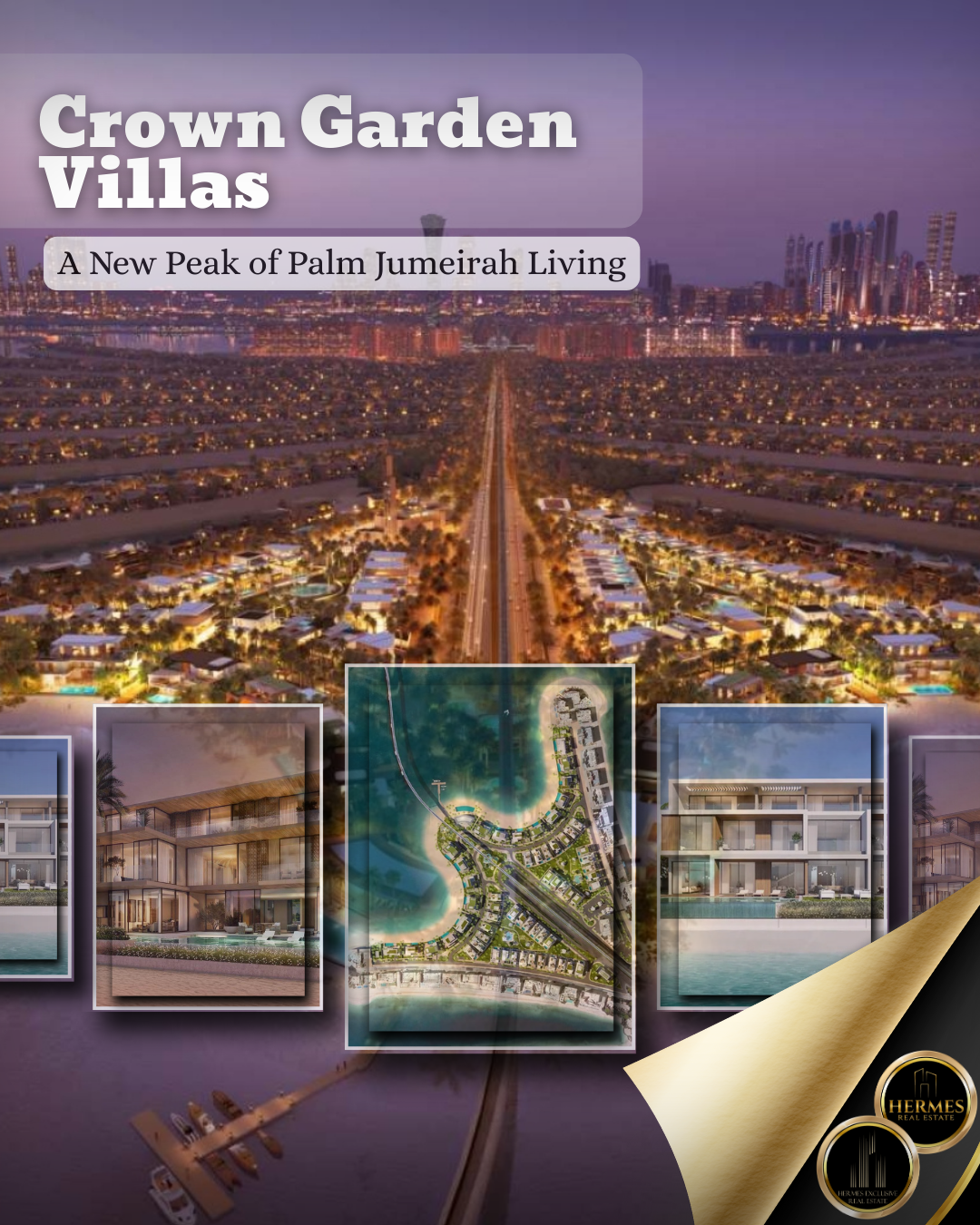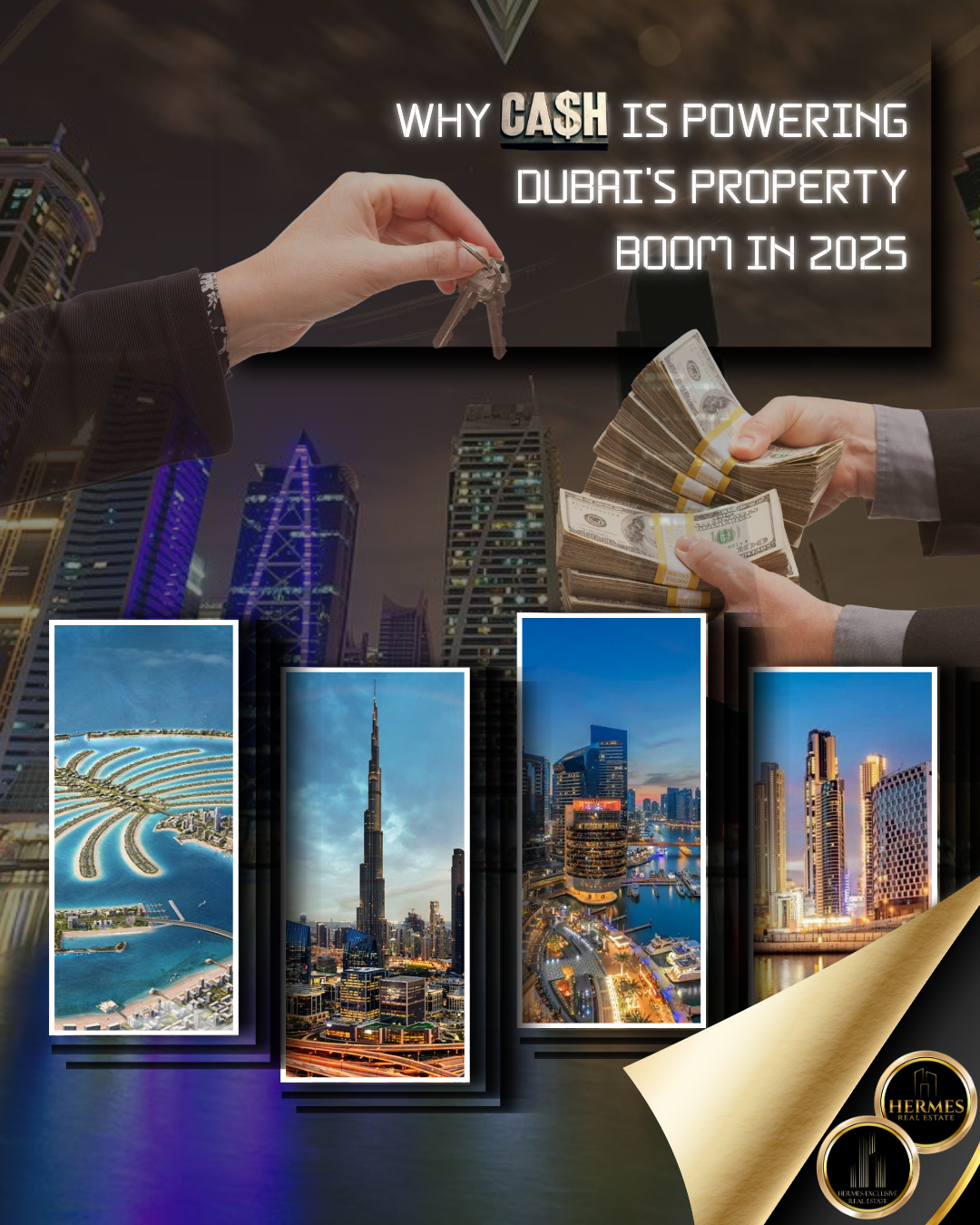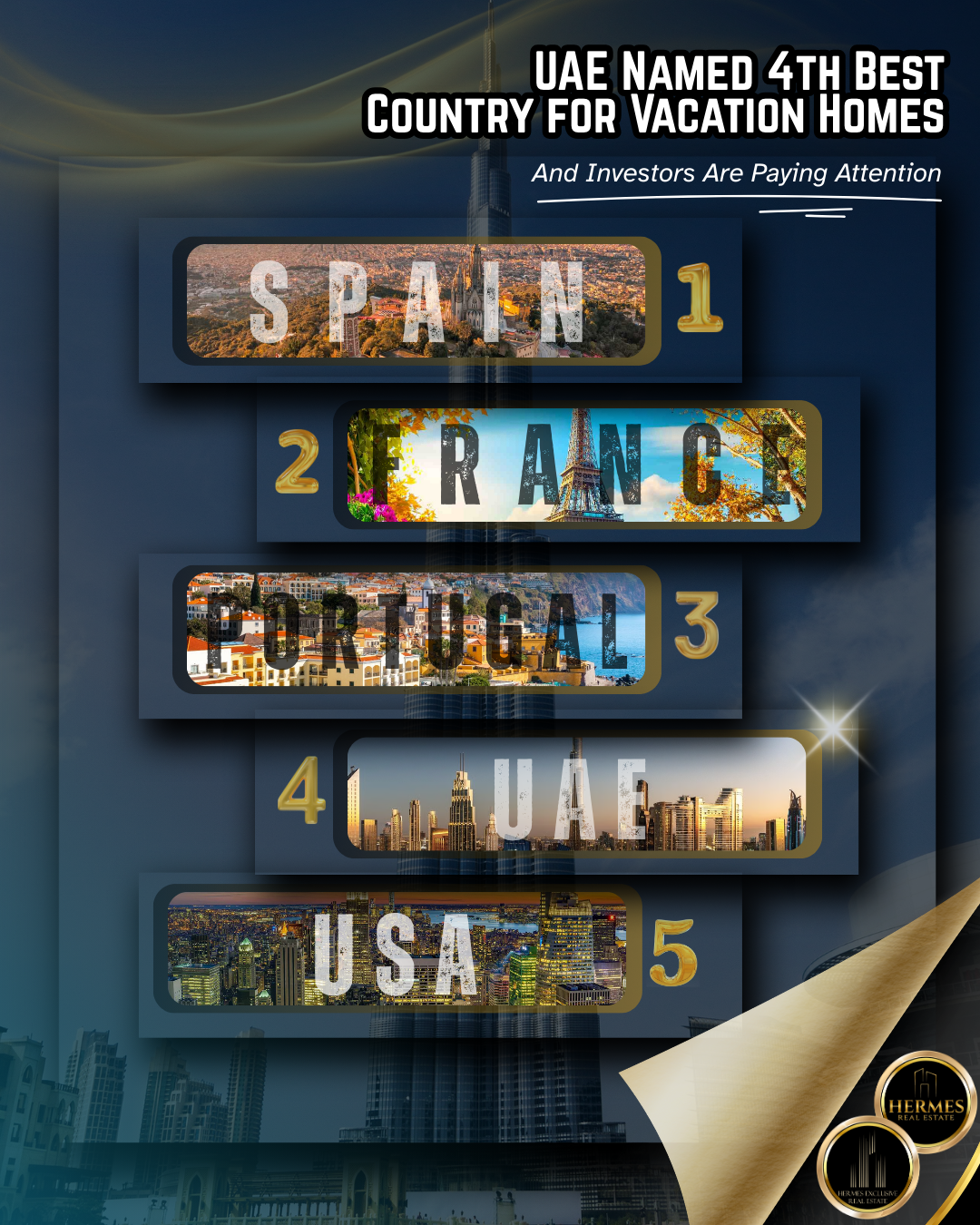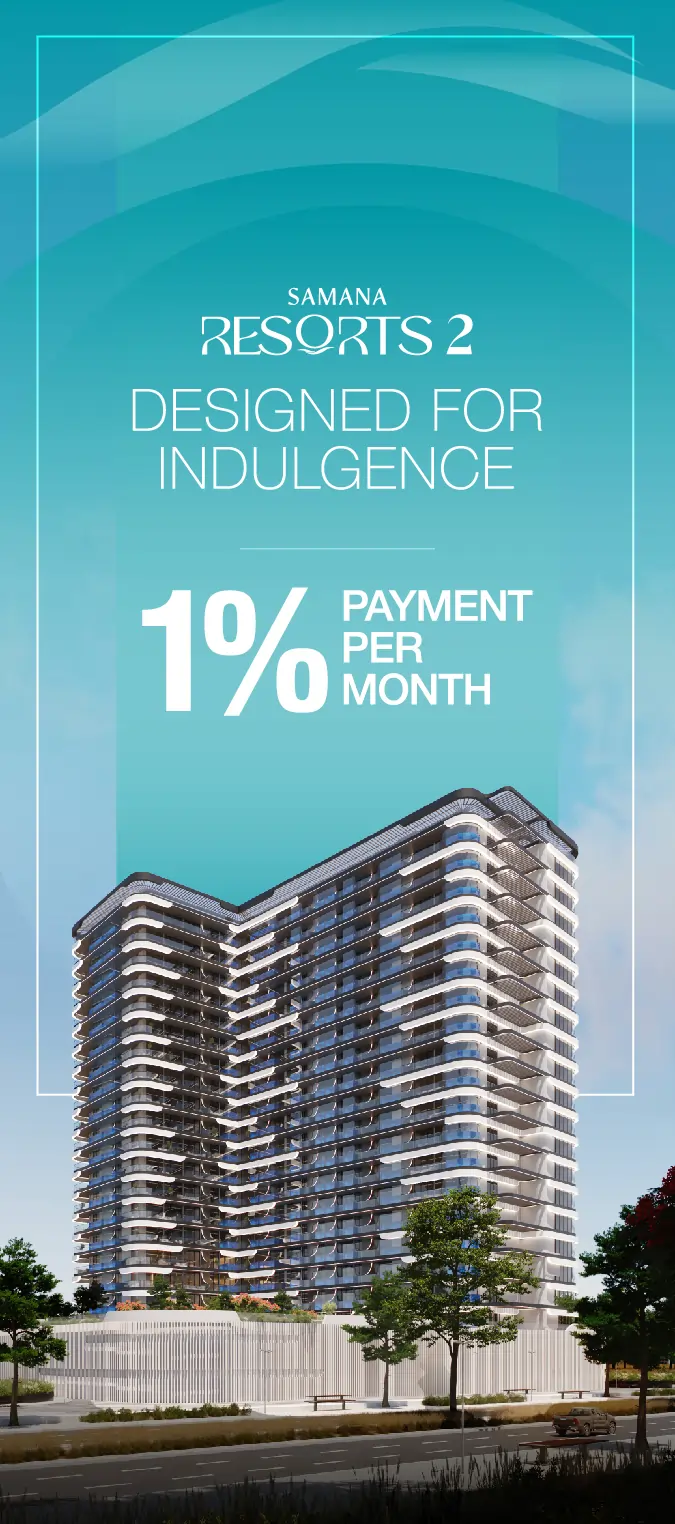In the heart of Dubai, where glass towers reflect the golden desert sun, a new chapter in one of the city’s oldest success stories is unfolding.
For decades, the Al Ghurair family a name synonymous with business, banking, and real estate quietly built and managed some of the UAE’s most valuable properties. Their holdings spanned homes, hotels, offices, and malls, including the iconic Al Ghurair Centre, Dubai’s first modern mixed-use development opened in 1981. Yet despite their deep roots in real estate, the family had always stayed behind the scenes owning and operating rather than building and selling.
That is, until now.
A New Generation Steps Forward
Enter Sultan Al Ghurair, the 45-year-old scion of the multibillion-dollar family empire. Educated in finance at Suffolk University in Massachusetts, Sultan is bringing fresh vision and bold ambition to the family legacy. His latest move? Launching Al Ghurair Development, a new venture that will develop and sell luxury homes on family-owned land, a major shift from their traditional model.
His debut project is already turning heads: an ultra-luxury residential tower designed by renowned Japanese architect Kengo Kuma, marking Kuma’s first project in Dubai. The development, named Wedyan, Arabic for “Valley” will feature expansive three-bedroom residences starting from 6,500 square feet, complete with unique touches like balcony teahouses inspired by Japanese design.
“We’ve always believed Dubai rewards creativity,” Sultan says. “There will always be buyers for something truly unique. This city keeps evolving, and people want homes that reflect that energy.”
A Market Full of Opportunity and Challenge
It’s a bold entry, especially at a time when Dubai’s property prices have risen over 70% since 2019. The market is still growing, though signs suggest the pace is slowing as buyers push back against higher valuations.
Yet, according to industry experts, families like the Al Ghurairs may have an edge. “Trading families with long-held land banks are in a strong position right now,” explains Taimur Khan, Head of Research for the Middle East and Africa at JLL. “They can develop on land they already own while others are struggling with soaring land costs.”
In 2024 alone, the total value of Dubai’s land sales reached nearly AED 69 billion, a fivefold increase from 2019, proof that competition for development plots is fiercer than ever.
The Shift from Holding to Building
For decades, the Al Ghurair group helmed by patriarch Abdulla Al Ghurair, whose fortune is estimated at US$10.3 billion — preferred stability over speculation. Their vast portfolio was an anchor in Dubai’s ever-changing skyline. But Sultan’s approach signals a generational shift, one that embraces development, design, and global collaboration.
“Dubai’s market today is far more mature,” Sultan says. “That’s what makes it the right time to build. We’re creating something lasting, something that reflects the new Dubai.”
A Balanced Future Vision
While Wedyan caters to the city’s elite, Sultan knows the broader market lies elsewhere. “The bigger demand will always be in the middle,” he notes. Future projects, he says, will target a wider audience blending attainable pricing with design-led living. These developments will be funded through a mix of off-plan sales and bank financing, a tried-and-tested formula in Dubai’s dynamic property scene.
The Bigger Picture
As Dubai continues to draw global investors from Europe to Asia competition among developers has intensified. But the Al Ghurair family’s deep local roots, strong land portfolio, and commitment to long-term value could make them one of the most influential players in this new phase of the city’s growth.
Their story mirrors Dubai itself: a blend of legacy and innovation, ambition and adaptation.
And as cranes rise once more along the skyline, Sultan Al Ghurair’s move into development feels less like a gamble and more like the natural evolution of a dynasty built to shape the city’s next horizon.
